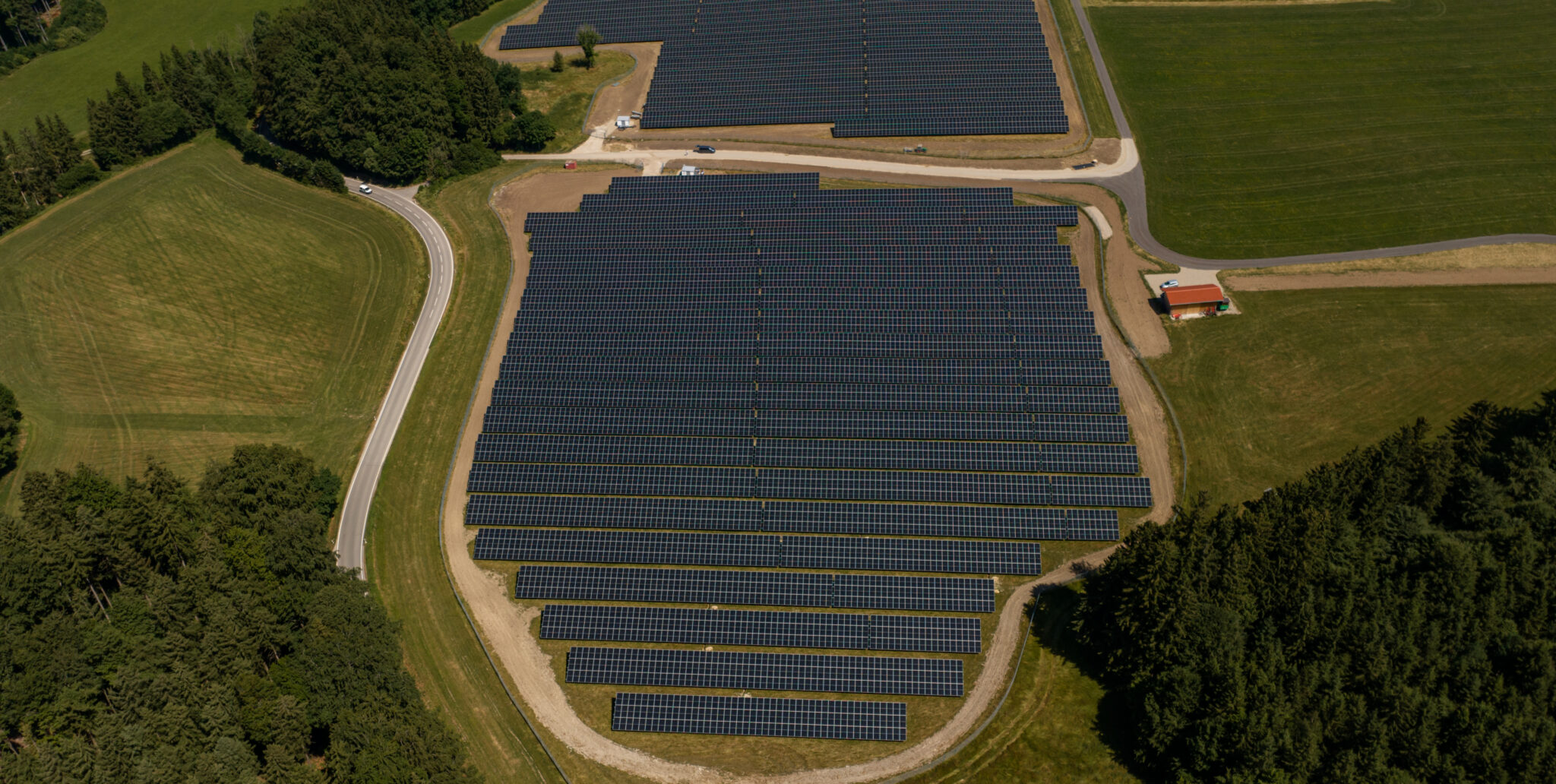Transparent Carbon Accounting: A Look into Our Climate Strategy
Richard Neumayer GmbH has once again been nominated for the German Sustainability Award in the category “Metal and Mineral Processing.” This award honors companies that actively shape the transformation of industry and boldly explore new paths. For us, the nomination is both recognition and confirmation that we are on the right track: since 2018, we have reduced our direct CO₂ footprint in Scopes 1 and 2 by more than 90 percent, making us nearly CO₂-neutral within our own sphere of influence.
But what lies behind these numbers?
The foundation is a transparent carbon balance that goes far beyond simply recording energy data. “Through innovation and investment, we have already reduced our CO₂e footprint in Scopes 1 and 2 by more than 90 percent, establishing a leading position in sustainability,” explains owner and managing director Dirk A. Neumayer. The greatest leverage now lies in Scope 3 emissions – those generated along the upstream and downstream value chain.
Collecting data for this balance sheet is complex and requires precision. It draws on information from many sources, including energy consumption in our production halls, supplier data, transport routes, and recycling flows. We follow the standards of the Science Based Targets initiative (SBTi), which has validated our climate targets. The process is lengthy, but it clearly shows us where we stand and where action is needed.
Progress through renewable energy and new technologies
The achievements in Scopes 1 and 2 were only possible because we consistently rely on renewable energy and innovative technologies. Wherever feasible, heat treatments are now carried out using residual forging heat instead of gas. Solar panels on our hall roofs generate electricity; additional green power is purchased through Power Purchase Agreements. At the same time, we are investing in more efficient systems, utilizing heat recovery, and organizing our processes to avoid unnecessary energy consumption.
The next challenge: Scope 3
Scope 3 poses the greatest challenges – and this is precisely where we are focusing our efforts. Even today, we can use electric steel produced with renewable energy, offer CO₂-reduced alternatives, and inform our customers about how material choices affect the final product. “For us, sustainability across the entire supply chain doesn’t just mean that, for example, a vehicle is green during use – but already during its creation,” says Dirk A. Neumayer.
Transparency plays a decisive role in this. A reliable carbon balance builds credibility – with customers, partners, and everyone involved in our work. At the same time, it serves as a tool for better decision-making within the company. Which investment saves emissions in the long term? Where is it worth using new materials? Which processes can be made even more efficient?
Our goal is clear: to reach net zero by 2050. The path is ambitious, but achievable – step by step, with transparent data and a firm commitment to continuous improvement. The nomination for the German Sustainability Award confirms our efforts so far. But even more important for us is to show: transparent carbon accounting is not a bureaucratic duty, but the key to driving climate action effectively and credibly.




